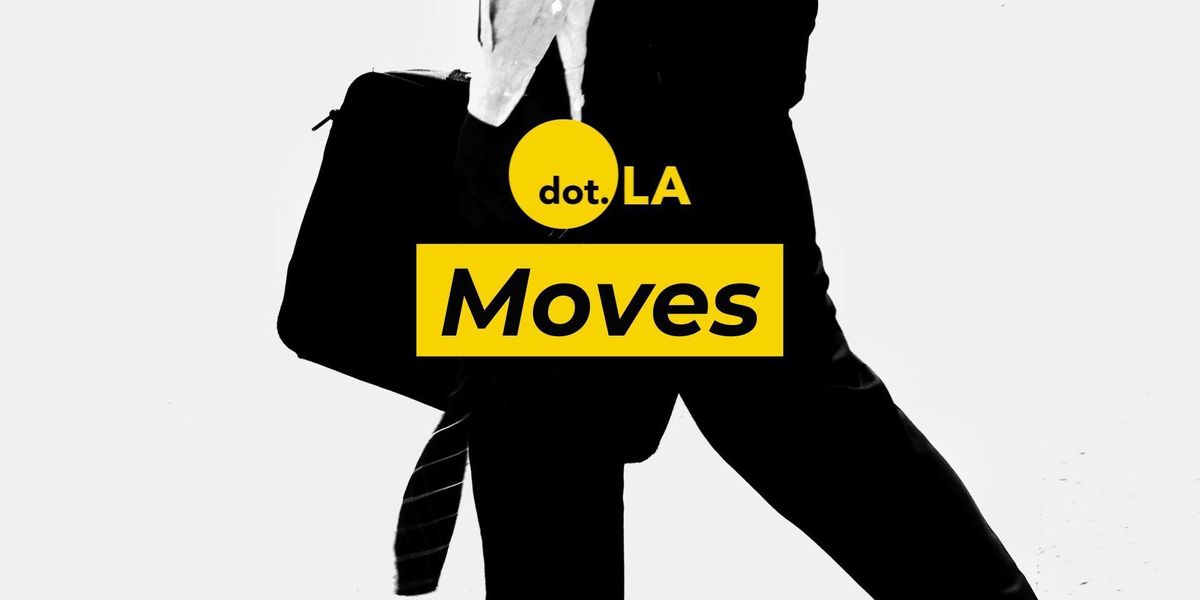
GR0 Presents: How to Bootstrap Your Startup
Though the image of perfecting a pitch deck and then presenting your concept to investors and VCs is central to our common conception of being a founder and entrepreneur, many of the largest and most valuable tech companies in the world – from MailChimp to Shutterstock to Hewlett-Packard – bootstrapped their way to success.
Although funding obviously provides additional resources and risk mitigation – not to mention an established support system made up of experienced industry veterans – bootstrapping is not without its own advantages, particularly in terms of the freedom and control to steer your new company as you see fit.
Among local companies that forged this path to success in Los Angeles, one standout is digital marketing agency GR0. We spoke with co-founder and CEO Kevin Miller about his own bootstrapping journey, and what advice he’d pass down to his fellow founders.
While he concedes the natural downsides to funding your startup yourself – particularly as it concerns the strain on a founder’s personal time and resources – for Miller, the bootstrapping process itself was its own reward.
“Seeing your company grow, getting to see new hires weekly, and building out an office space is so rewarding,” Miller said. “I can’t believe I can go to my own office now and employees are there working hard and taking their careers seriously. The fact that we are now a company that people look to and learn from is so satisfying.”
Here are some of Miller and GR0’s top suggestions for starting and growing your own business from scratch:
Set Priorities
For bootstrapping founders, keeping expenses low is absolutely essential in order to conserve resources. “When you raise $10 million in equity, you can go hire whoever you want and invest in whatever platforms and tools you need,” Miller pointed out. “But with bootstrapping, every dollar counts.”
He recommends splitting expenses into two groups – must-haves vs. “nice-to-have” expenditures – and then ruthlessly focusing on the must-haves alone. As an example, Miller cites having an office space as only “nice-to-have” for GR0’s first few months; instead, he worked out of his own living room, which freed up funds to pay for a “must-have” legal adviser.
Though missing out on important resources like a full-time designer or other key hires may end up costing the founder time and aggravation, ultimately it pays off by freeing up future budget restrictions.
Don’t Sweat the Small Details
It’s probably not possible for a bootstrapping startup founder to remain cool, confident, and relaxed at all times. This is a difficult abstract to even envision. Still, Miller suggests “looking at the big picture and flying at 30,000 feet” as an important overall mindset and strategy.
“Just focusing on the bigger picture and knowing you are working toward something bigger will help get you through it,” Miller advises. “Are you moving closer to the bigger dream you have? If so, don’t sweat it.”
Finding the Right Co-Founders and Early Hires
When seeking out collaborators for a new startup project, it can be tempting to look for complementary skill sets, to ensure the company has a balanced and experienced team. But for Miller and GR0, an individual’s personal outlook proves just as important as their background and on-paper qualifications.
“The most ideal traits are honesty, trustworthiness, and integrity,” Miller said. “There will be times where you and a co-founder will have differing opinions, but if you approach every situation with integrity and honestly, then you will be able to get through those times.”
He recommends seeking out new hires based on their positive outlook, enthusiasm, and eagerness to dig in to the relevant details at hand.
“The most important trait you can have is a can-do attitude,” Miller noted. “In the beginning, we didn’t have the budget to build out a full team yet. So having someone come in with a can-do attitude and up for any challenge is so impactful.”
Getting To Your Minimum Viable Product (MVP)
The minimum viable product (or MVP) was first introduced as part of the “Lean Startup” methodology devised by Eric Ries. Essentially, this is a no-frills version of the product or service your startup will provide, allowing the team to begin working with customers and learning more about the industry and business, with the least amount of up-front effort and cost.
Though it’s important to develop and launch an MVP as quickly as possible, it’s also important that the offering speaks to and aligns with the company’s overall goals. If it’s not attracting users the company hopes to convert into long-term customers, and it’s not providing specific and valuable feedback and data to the team, it’s not providing full and robust benefits to the company at large.
Miller suggests waiting until the company has an MVP that can handle a full sales cycle independently.
“If it can go through every step and intake a customer,” he said, “then it’s ready to launch.”
- GR0-Up: Founders on Humanizing Startup Culture in Tech ›
- GR0 Presents: 7 Tips to Dominate SEO For Your Brand ›



